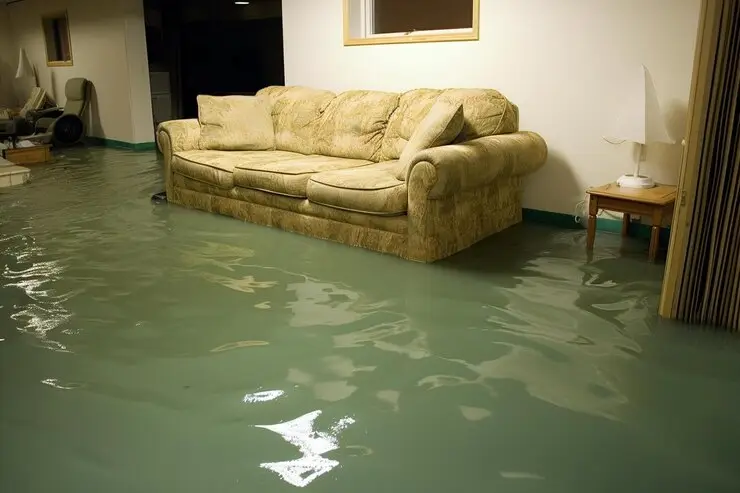
Difference Between Water Extraction and Water Mitigation
Water damage is a homeowner’s nightmare, capable of wreaking havoc on property and possessions alike. When faced with this ordeal, understanding the processes involved can make a significant difference in the outcome. Two terms often thrown around in such situations are water extraction and water mitigation. While they may sound similar, they serve distinct purposes in the battle against water damage.
Water Extraction
Imagine waking up to a flooded basement after a heavy rainstorm or returning home to find burst pipes flooding your living room. In such emergencies, water extraction becomes the first line of defense. Water extraction involves the removal of standing water from the affected area using specialized equipment such as pumps, vacuums, and dehumidifiers.
The primary goal of water extraction is to swiftly eliminate standing water to prevent further damage to the property. The longer water remains stagnant, the greater the risk of structural damage, mold growth, and deterioration of belongings. By promptly extracting water, restoration professionals can mitigate these risks and lay the groundwork for effective damage control.
Water Mitigation
Once the standing water has been extracted, the focus shifts to water mitigation. Water mitigation encompasses a broader set of measures aimed at minimizing the long-term impact of water damage and restoring the affected area to its pre-loss condition.
Mitigation efforts may include drying and dehumidification to remove excess moisture from the air and porous materials, salvaging and restoring damaged belongings, disinfecting surfaces to prevent mold growth, and repairing structural damage. Unlike water extraction, which addresses the immediate threat of standing water, water mitigation tackles the aftermath, ensuring that residual moisture and damage are dealt with comprehensively.
The Key Differences
While both water extraction and water mitigation are crucial steps in water damage restoration, their objectives and methods differ significantly. Water extraction targets the immediate removal of standing water to prevent further damage, while water mitigation focuses on comprehensive damage control and restoration efforts.
In essence, water extraction is the initial emergency response to eliminate standing water, while water mitigation encompasses the broader process of restoring the affected area to its pre-loss condition.
The Importance of ECOS’ Professional Assistance
Water damage can be overwhelming, and attempting to tackle it alone can exacerbate the situation. Professional restoration companies specialize in water extraction and mitigation, employing advanced equipment and techniques to expedite the restoration process while minimizing further damage.
By entrusting the restoration process to experts, homeowners can ensure thorough and efficient treatment of water damage, minimizing the impact on their property and reducing the risk of long-term consequences such as mold growth and structural instability.
When faced with water damage, swift action is essential. Don’t let water wreak havoc on your property. Trust the experts at ECOS for prompt and professional water extraction services. Contact us today to learn more about how we can help restore your home to its former glory.
In the battle against water damage, knowledge is your greatest ally. By understanding the difference between water extraction and water mitigation, you can take proactive steps to safeguard your property.
